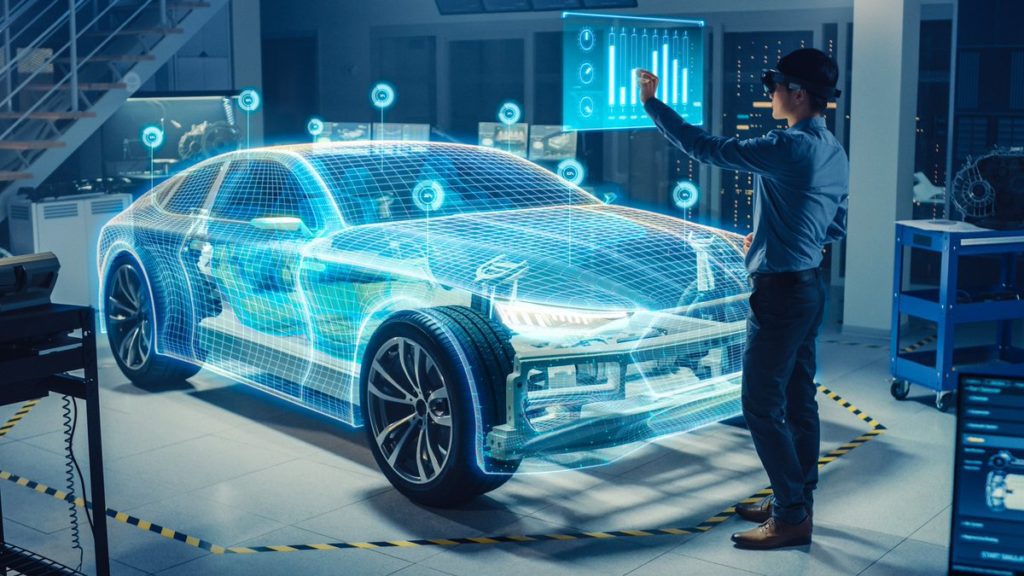
Augmented (AR) and virtual reality combine truth with digital content. Automotive businesses are relying on AR & VR to improve their production, maintenance, cockpit individualization, efficient publicity and marketing to improve client satisfaction. Special 3D programs for AR apps are developers who incorporate real-world digital contexts. In order to provide synthetic experience and virtual feedback, the VR uses the head-mounted display (HMD) through an artificial world. The automotive AR & VR market is witnessing growth due to the need for economic, effective production programs, with real-time information analysis.
Increased apps are created on a unique 3D program which will help developers to incorporate digital content in the true globe at a notable rate. In general, smartphones, tablets or headsets achieve it. This applies. As it shows navigations and intelligent signaling on the windshield, AR is seeing considerable acceptance in the vertical automotive.
To Get Technical Insights — https://bit.ly/3wRTUXn
The key players operating in Automotive AR and VR Industry are Continental, Microsoft, Visteon Corporation, Volkswagen AG, Unity, Bosch, DAQRI, HTC, Hyundai Motor Company, and WayRay.
Augmented (AR) and virtual reality combine truth with digital content. Automotive businesses are relying on AR & VR to improve their production, maintenance, cockpit individualization, efficient publicity and marketing to improve client satisfaction. Special 3D programs for AR apps are developers who incorporate real-world digital contexts. In order to provide synthetic experience and virtual feedback, the VR uses the head-mounted display (HMD) through an artificial world. The automotive AR & VR market is witnessing growth due to the need for economic, effective production programs, with real-time information analysis.
